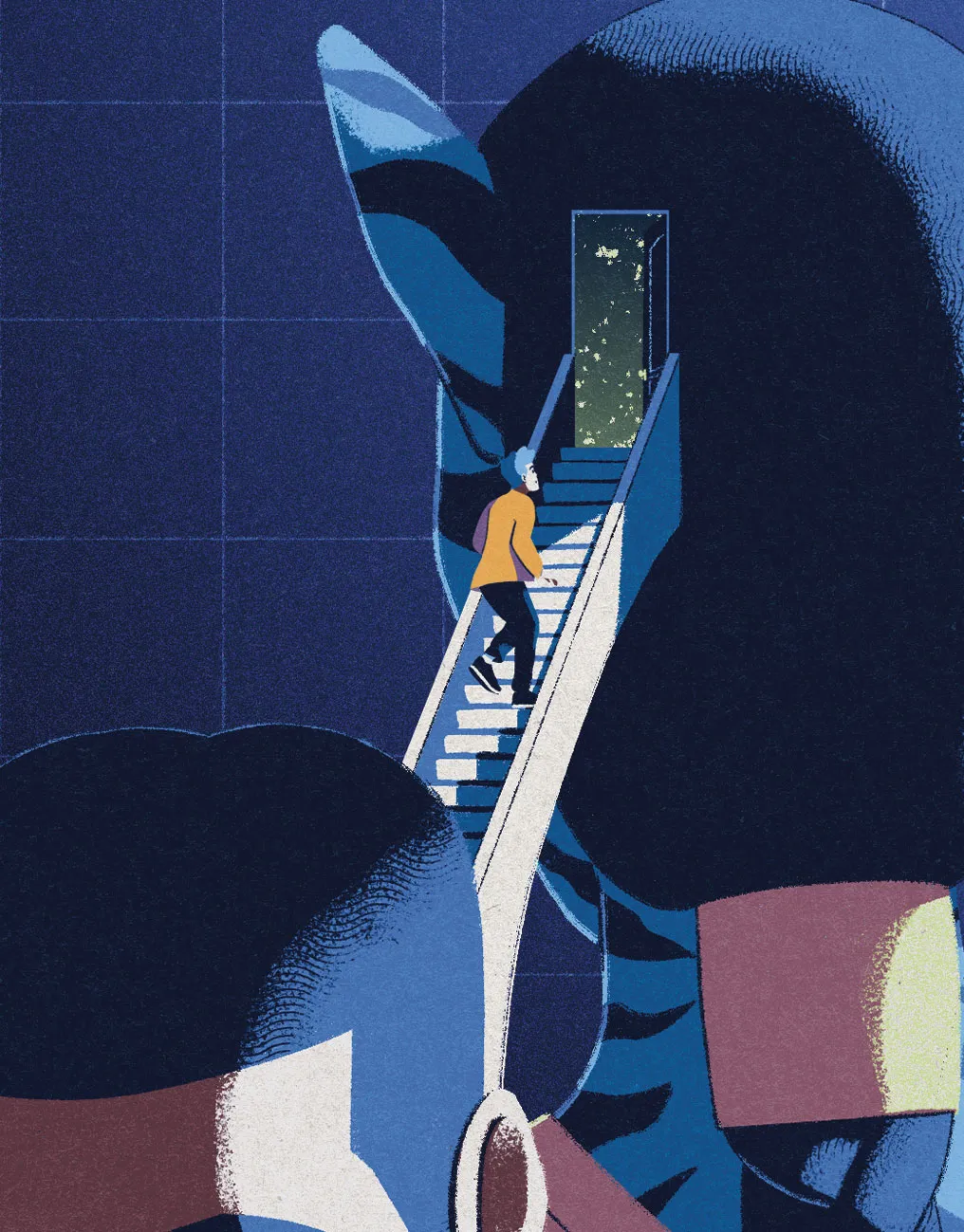Avatar: The Way Of Water, the sequel to the highest grossing film of all time, raises a lot of questions. Primarily, can anyone remember what happened in the first Avatar? And why is James Cameron seemingly devoting the rest of his life to making these movies?
But for the purpose of this article, the most important question concerns the film’s central idea: how feasible is it to transfer your consciousness into another body?
Guillaume Thierry, a professor of cognitive neuroscience at Bangor University, is not convinced. “There’s a popular idea that the brain is just like a computer, but it’s not,” he says.
“It’s not made up of data that can be transferred from one brain to another. It’s alive, and we don’t know why or how. If I wanted to transfer my memories into a machine, I would need to know what my memories are made of. But nobody knows.”
To explain the brain’s complexity, Thierry cites a study from the Allen Institute For Brain Science in Seattle, which managed to map all the neurons in 1mm3 of a mouse’s brain.
“It was a minuscule amount of tissue,” he says. “But within it there were over 100,000 neurons and more than a billion connections between them. If you increase that to the size of the human brain, it’s staggering. It’s well beyond what people think.”

In order to store that 1mm3 of a mouse’s brain, two million gigabytes were required. This leads to one of Thierry’s biggest concerns: no hard drive could possibly hold the human brain.
“It’s well beyond the capacity of even the biggest single-memory computer,” he says. “Not only that, but no artificial brain can simulate the speed of a real brain. One is purely sequential. The other one is fully parallel.
"The difference in speed is mesmerising. Whatever is happening in the brain is happening in real time. All the neurons can communicate through oscillation patterns in real time. A computer can’t do that forever.”
An idea that Thierry finds more feasible is the first Avatar film’s concept of using your brain to receive the sensory input of another body.
“You could have a system that reads, somehow, all the input from the senses in the second body and sends them, in real time, to your brain,” he says.
“Then everything that your brain wants to do can be sent back to the second body to make it react. The brain is basically an input/output interface. It gets some sensory input, and it produces a motor output and action.”
But, says Thierry, the point it becomes “completely delirious” is when the main character, Jake Sully, has his mind transferred permanently to his Na’vi avatar.
“You can probably read the input and output to some level, but the big problem is the rest of the brain function. You can’t transfer that. It’s just not possible. We have no access to it.”
It’s obvious why people would want to transfer their mind into something else, says Thierry. “Why wouldn’t you want to be a blue warrior on a fantastic planet with lots of beautiful women on dragons?” But it’s a desire based on a false belief: that the mind is separate from the body.
“The great majority of scientists believe that the mind is embodied,” he says. “It emerges from the interaction between neurons and molecules. The minute these neurons change in their structure, or the molecules change in their nature, your mind’s gone.
"And if you want to test that, drink four glasses of wine and look at yourself in the mirror. You’ll see that your perception of yourself has changed. Why? Because the chemical state of your mind defines who you are – a holistic entity, a brain-mind system.”
Verdict: Nope, there’s no chance of you plugging your mind into another body. No Na’vi avatars for you.
About our expert: Prof Guillaume Thierry
Thierry is a professor of cognitive neuroscience at Bangor University. Using experimental psychology and electroencephalography, he researches how the brain crystallises knowledge and constructs reality. He has over 150 articles published in peer-reviewed journals.
Read more about neuroscience:
